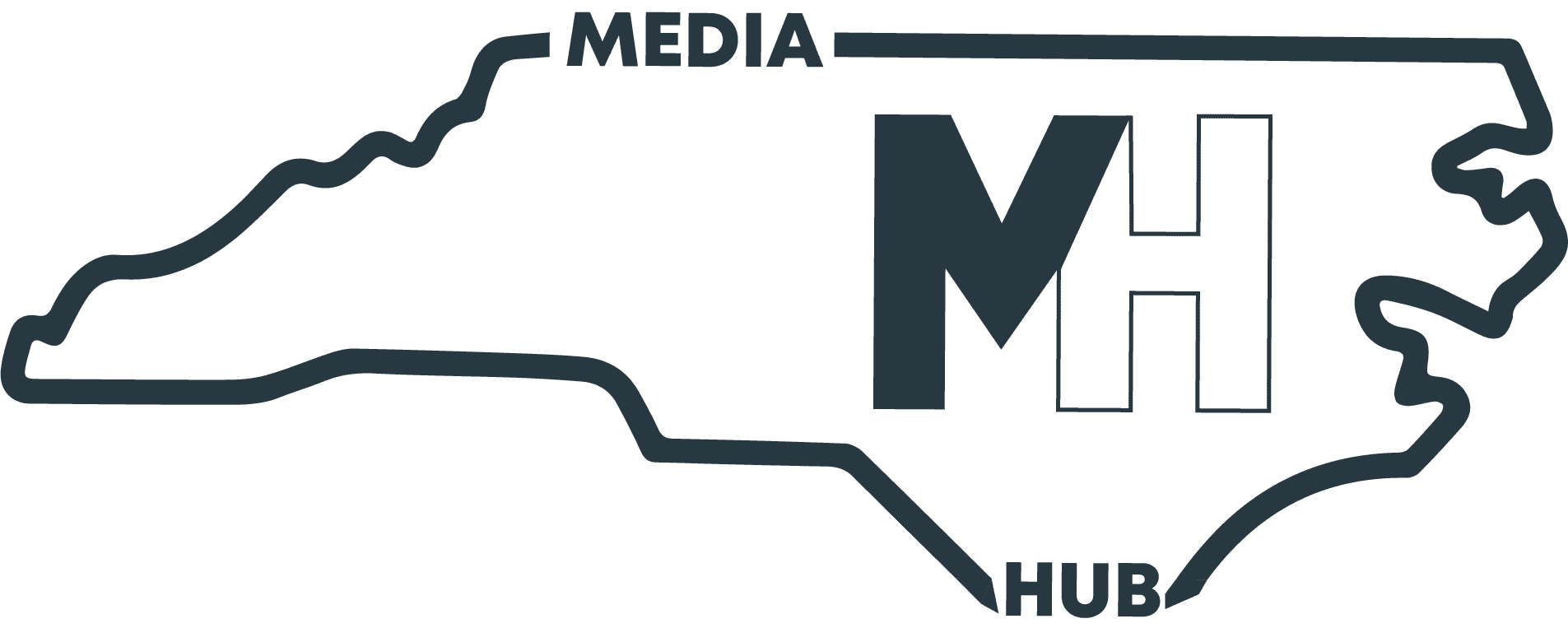Story by Rachel Ross
HUQOQ, Israel — Traveling on her own for the first time, Diamond Jones woke up at 4 every morning in this remote Galilee village, her muscles aching, and she prepared to walk a mile to an archaeological dig site where she worked to excavate an ancient synagogue.
Jones, 20, a UNC-Chapel Hill junior classical archaeology major from Rocky Mount, spent the month of June uncovering and preserving a mosaic on the floor in the fifth century synagogue in Huqoq.The excavation was led by her professor Jodi Magness, a world-renowned archaeologist.
The project, which began in 2011, has found several vivid mosaics, including biblical scenes involving Samson, the Tower of Babel, the parting of the Red Sea, and Jonah and the whale.

Jones tolerates the aching muscles because she plans to pursue a graduate degree in archaeology. To get into a competitive program, she needs field school experience.
“I chose Israel because it was far away from home,” Jones said. “And I wanted to explore an entirely different culture.”
Though she was nervous at first, not knowing Hebrew or the customs in Israel, she quickly “fell in love” with the place.
“The mountains are so pretty,” she said. “We don’t have mountains in Rocky Mount, surprisingly.”
In Rocky Mount, Jones is an enigma. She said that few people in her hometown want to travel thousands of miles or explore different cultures.
Jones learned about Israeli culture by interacting with locals here. At a harvest festival, she witnessed newborn babies being introduced to the community, and she rode on a man’s tractor whose name she did not know. One night after dinner, she and some other archaeology students played soccer with two local kids and their uncle.
“We lost,” Jones said. “Me and my classmates, we lost to a 9-year old during soccer. But it was fun.”
While Jones enjoyed learning about Israeli culture, she most enjoyed going on field trips to other archaeological sites with her fellow students on the dig.
“We went to Mary Magdalene’s hometown,” Jones recalled one such field trip. “One synagogue basically connected all faiths. We saw Catholics and Jewish people both at the same place interacting with each other because of one, one site and it was beautiful.”

The work that Jones did at the excavation site required a precise and steady hand. She would carefully clean each mosaic tile, or tessera, and meticulously use a small trowel to edge the mosaic with a kind of cement, without covering the tesserae, in order to keep them from falling out.
Katharine Untch, Jones’s supervisor and the site conservationist, said that she is the only person on the site who is not already a conservator to show that she has the skill set to be one. Untch said that Jones is “quick to adjust and learn and grow.”
Unlike Untch and others on the site, who focus on more Roman themes, Jones wants to study North Africa.
“In classical archaeology and archaeology, there’s a big focus on Rome, the Romans and Egypt and Greece,” Jones said. “But I want to open that up to North Africa. North Africa [gets] ignored a lot or is often seen through the eyes of the Romans. So I want to shed light and bring awareness that Africa and North Africa had history before the Romans came through.”
In addition to her interest in North Africa, Jones wants to learn more about burials.
Growing up, Jones was fascinated by mummies in ancient Egypt.
“They had gold fingernails,” Jones said, her eyes widening. “It was crazy.”
Jones is interested by how burials have changed over thousands of years.
“It’s the last thing that someone is going to do,” Jones said. “After you die, you leave, basically, a mark of your life, what you want your life story (to be), and what you want to leave people on Earth to see you as.”
One day in Huqoq, Jones had a major find. While hoeing dirt after removing a concrete wall, Jones’s teammate noticed something green near Jones’ dirt pile.
“Stop what you’re doing,” Jones’s teammate said. He called to their supervisors. “We found a coin in situ.”
“In situ” means something is in the original position in which it was left. According to Jones, a coin in situ can reveal a lot about a site, the date most importantly. If the coin is foreign, it can indicate the kind of trade that was happening. One can also determine who minted the coin, possibly indicating the state of the economy at that time.
With the coin Jones found, the team was able to confirm the period in which the scholars thought the concrete wall was built over the synagogue.
“It’s rewarding,” Jones said. “After days of waking up at 4 a.m., walking a mile getting there…and then digging for hours every day to finally find something as amazing…I contributed to this dig.”
